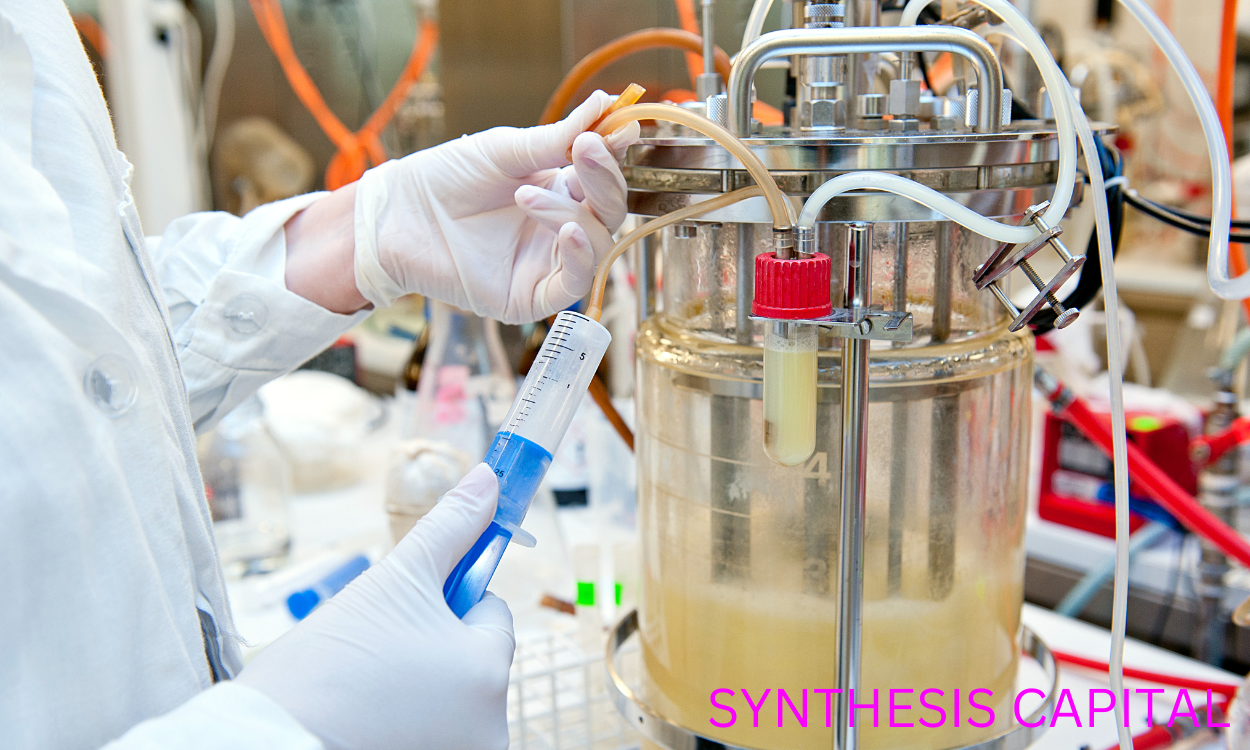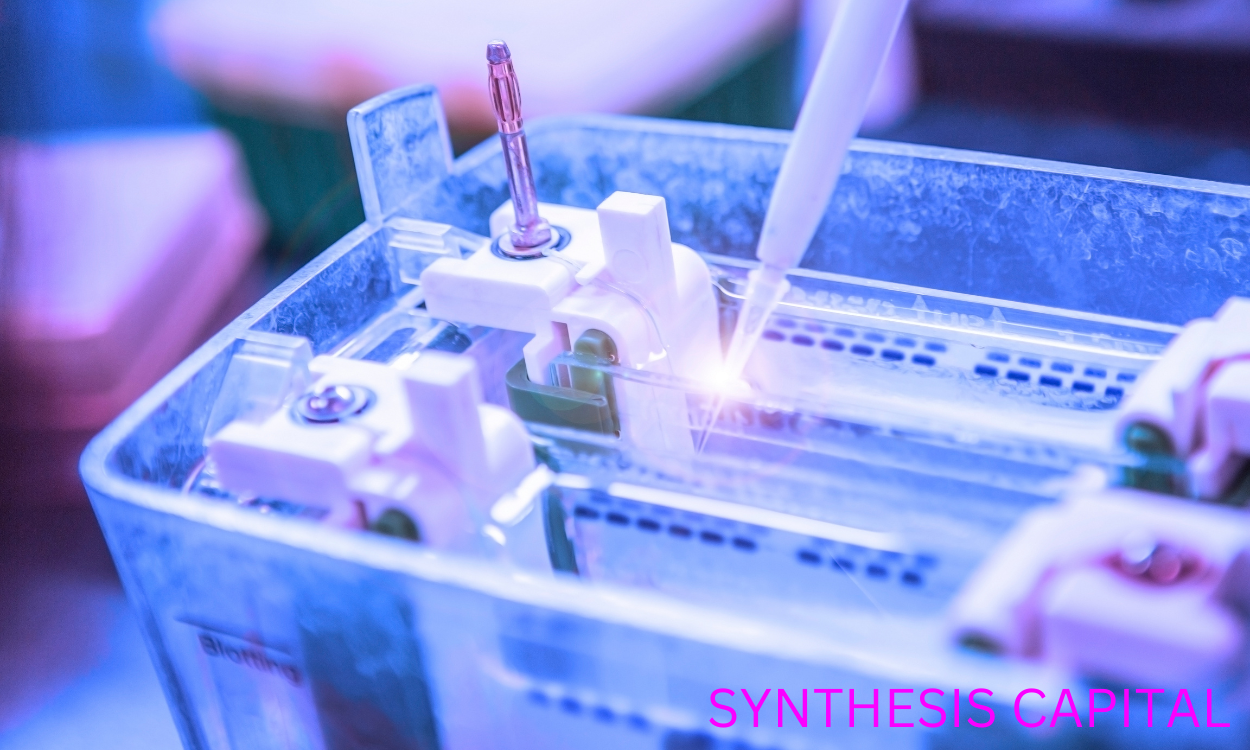Proteins are essential molecules that play a crucial role in almost every biological process within cells. The biosynthesis of proteins, also known as protein synthesis, is a complex and highly regulated process that occurs in all living organisms. This intricate process involves the translation of genetic information encoded in DNA into functional proteins through the coordinated actions of ribosomes, transfer RNA (tRNA), messenger RNA (mRNA), and various enzymes. Understanding the mechanisms of protein biosynthesis is fundamental to unraveling the intricacies of cellular function and can provide valuable insights into disease processes and potential therapeutic interventions. In this introductory paragraph, we will delve into the key steps and regulatory factors involved in the biosynthesis of proteins in the cell.
Steps in Protein Biosynthesis Within a Cell
The biosynthesis of proteins within a cell involves several specific steps starting with transcription where DNA is transcribed into mRNA. The mRNA then moves to the ribosome where translation occurs, leading to the creation of a polypeptide chain through the pairing of tRNA molecules with the appropriate amino acids. This process continues until a stop codon is reached, signaling the termination of protein synthesis. Post-translational modifications may occur after the protein is synthesized, such as folding, cleavage of signal sequences, and addition of chemical groups. Finally, the fully functional protein is released and can perform its specific role within the cell.

How is genetic information transcribed into mRNA during protein synthesis?
Genetic information is transcribed into mRNA during protein synthesis through a process called transcription, which takes place in the nucleus of the cell. The enzyme RNA polymerase binds to a specific region of the DNA molecule known as the promoter and unwinds the double helix to expose the coding strand. Using one strand of the DNA molecule as a template, RNA polymerase synthesizes a complementary strand of mRNA by adding nucleotides according to the base pairing rules (A-U, G-C). Once the mRNA molecule is fully synthesized, it undergoes processing, including the addition of a 5' cap and a poly-A tail, before being transported out of the nucleus and into the cytoplasm where it will serve as a template for protein synthesis by ribosomes.
What role do ribosomes play in the process of protein biosynthesis?
Ribosomes are essential organelles responsible for the translation of genetic information from mRNA into proteins. These small structures act as a site for protein synthesis by bringing together amino acids in the correct order to form a polypeptide chain. Ribosomes consist of two subunits, one large and one small, that work together to read the mRNA sequence and assemble the corresponding amino acids. The ribosome moves along the mRNA molecule, matching each codon with the appropriate tRNA carrying the corresponding amino acid, ultimately leading to the creation of a functional protein essential for various cellular functions.
How are amino acids brought to the ribosome for incorporation into the growing polypeptide chain?
Amino acids are brought to the ribosome for incorporation into the growing polypeptide chain through a process involving transfer RNA (tRNA). Each tRNA molecule carries a specific amino acid at one end and has an anticodon sequence at the other end that recognizes a complementary codon on the mRNA. As the ribosome moves along the mRNA, it encounters these tRNA molecules, allowing the amino acids to be added to the polypeptide chain in the correct sequence. This process ensures the accurate translation of the genetic code into a functional protein.
What mechanisms regulate the rate of protein synthesis within a cell?
The rate of protein synthesis within a cell is regulated by several mechanisms, including transcriptional control, translational control, and post-translational modifications. Transcriptional control involves the regulation of gene expression through the binding of transcription factors to specific DNA sequences, thereby determining which genes are transcribed into mRNA. Translational control involves the regulation of mRNA translation into proteins, which can occur through various mechanisms such as the availability of ribosomes, initiation factors, and regulatory proteins that influence translation efficiency. Additionally, post-translational modifications such as phosphorylation, acetylation, and glycosylation can affect protein stability, localization, and activity, further fine-tuning the rate of protein synthesis within the cell.

How does the process of translation ensure accurate and efficient protein production?
The process of translation ensures accurate and efficient protein production by using mRNA molecules as templates to guide the ribosome in assembling amino acids into a specific sequence according to the genetic code. Transfer RNA molecules bring the corresponding amino acids to the ribosome, where they are joined together to form a polypeptide chain. This process is tightly regulated to ensure that the correct amino acids are added in the correct order, resulting in a functional protein with the correct structure and function. Any errors or mutations in the genetic code can lead to misfolded or non-functional proteins, emphasizing the importance of accurate translation for proper cellular function. Additionally, the efficiency of protein production is optimized through various mechanisms such as multiple ribosomes simultaneously translating the same mRNA molecule (polyribosomes) and the recycling of ribosomal subunits after each round of translation.
What happens to misfolded or improperly synthesized proteins within a cell?
Misfolded or improperly synthesized proteins within a cell are typically recognized by chaperone proteins, which attempt to refold the protein into its correct shape. If this process is unsuccessful, the misfolded protein may be targeted for degradation by the proteasome, a cellular machinery responsible for breaking down unwanted proteins. In some cases, biosynthesis of protein in the cell misfolded proteins can aggregate together and form toxic clumps, leading to cellular dysfunction and potentially contributing to diseases such as Alzheimer's and Parkinson's. Overall, the fate of misfolded proteins in a cell ultimately depends on the efficiency of the cell's quality control mechanisms and the extent of damage caused by the misfolding.
Exploring the role of organelles in protein biosynthesis and folding
The endoplasmic reticulum plays a crucial role in protein biosynthesis and folding by providing a site for protein synthesis and modification within its lumen. Ribosomes on the rough endoplasmic reticulum synthesize proteins, which are then translocated into the ER where they undergo post-translational modifications such as glycosylation and disulfide bond formation. Chaperone proteins within the ER assist in proper protein folding, ensuring that the newly synthesized proteins adopt their correct three-dimensional structure. Additionally, the smooth endoplasmic reticulum is involved in lipid synthesis, which is necessary for the formation of membranes that compartmentalize organelles and aid in the transport of proteins throughout the cell. Overall, the different organelles work together to facilitate protein biosynthesis and folding, ultimately ensuring proper cellular function and homeostasis.
The Intricate Process of Protein Biosynthesis in Cells
- Protein biosynthesis occurs in the ribosomes of the cell

- It involves the transcription of DNA into mRNA, which is then translated into a specific sequence of amino acids
- Amino acids are brought to the ribosome by transfer RNA (tRNA)
- The process requires energy in the form of ATP